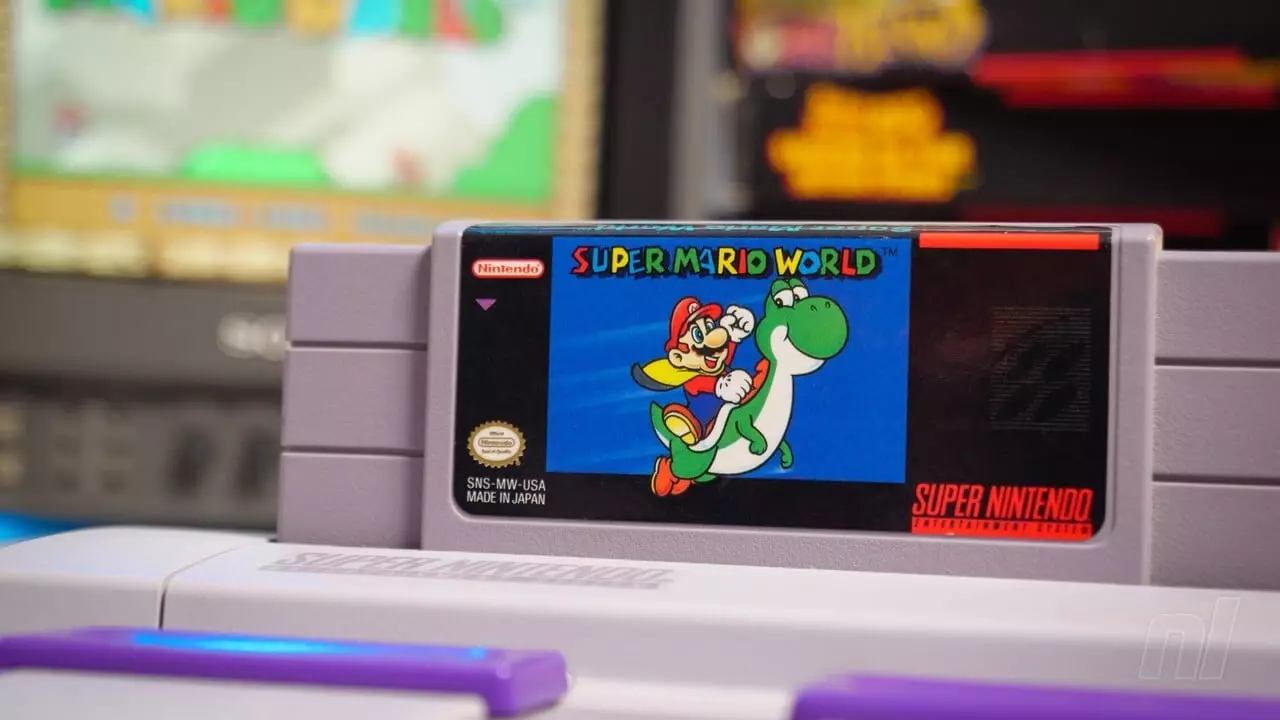Nintendo has taken a significant step towards celebrating its storied history with the recent opening of a dedicated museum in Japan. This exciting exhibition promises to immerse visitors in the rich legacy of Nintendo’s classic games. The museum is designed to showcase a variety of retro titles that define the company’s iconic status within the video game industry. However, a particular aspect of the museum’s gaming setup has raised eyebrows and ignited a debate about the ethics and methodologies surrounding emulation.
Reports suggest that during a recent visit, a user identified as ‘ChrisMack32’ captured a moment that ignited widespread discussion. The user filmed a Super Nintendo controller becoming disconnected while a game of Super Mario World was playing. This seemingly innocuous event was accompanied by the unmistakable sound of a Windows USB disconnection, prompting speculation about the technology behind the museum’s retro displays. The implication that Nintendo might be utilizing emulation software on Windows PCs is particularly noteworthy given the company’s historical stance on emulation.
This revelation is no small matter. Nintendo has been known for its stringent legal actions against emulator developers and ROM sites, claiming that these practices not only infringe on their intellectual property but also hinder innovation within the gaming sector. This duality—celebrating their history while possibly employing practices they legally contest—creates a complex narrative around the museum’s operations.
The mix of excitement and controversy surrounding the museum experience has spurred a myriad of opinions online. Some individuals speculate that Nintendo may have developed its own proprietary emulator, while others suggest that the company might be utilizing open-source emulators for its exhibition purposes. This situation raises a fundamental question: If Nintendo is using emulation to display its classic games during an official event, does it contradict its previous denouncements of the practice?
Moreover, the conversation extends to the availability of these games in today’s market. Currently, players must subscribe to Nintendo’s Switch Online service to access classic titles such as Super Mario World. This strategy has led to discussions on whether the company is maximizing its revenue potential while simultaneously advocating for the preservation of its historical games through means they have publicly criticized.
As the industry evolves, the balance between nostalgia, preservation, and innovation remains precarious. Nintendo’s decision to potentially use emulation for its museum experiences sparks essential conversations about intellectual property, accessibility, and the preservation of gaming history. If the technology facilitating these displays is indeed emulation, it would highlight a significant inconsistency in the narrative Nintendo has maintained regarding emulation’s validity.
Nintendo’s museum not only serves as a tribute to its legacy but also acts as a focal point for critical discussions about the ethics of showcasing retro games in a manner that contradicts the company’s traditional stance. As the line between celebrating history and adhering to current practices blurs, it presents an opportunity for both the company and its audiences to rethink how we approach the preservation and accessibility of gaming culture.


Leave a Reply